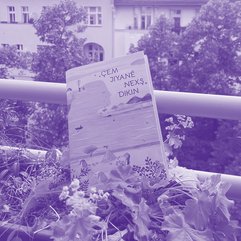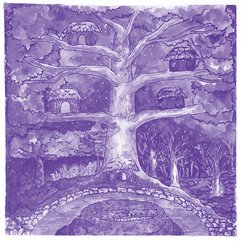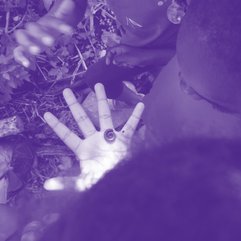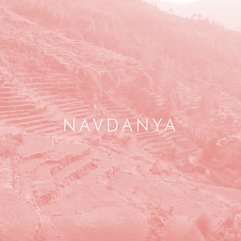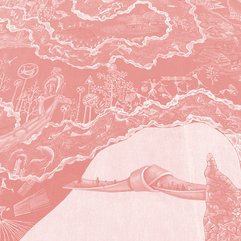Grandmother University
Grandmother University is a community-led process where knowledge flows across generations — from elder women to children, youth, and other women who carry forward ancestral practices. These intergenerational spaces are rooted in care, memory, and shared responsibility, recognizing elder women as living archives of ecological, cultural, and culinary knowledge shaped over generations.
Across diverse regions in India, this knowledge is shared through folk songs, oral storytelling, seasonal rituals, and food. As these traditional modes of transmission face erosion, Grandmother University supports the creation of participatory tools to carry them forward.
Forms of Transmission
The process centers around three interconnected forms of sharing:
- Oral exchange in festivals and gatherings
- Embodied, hands-on practices such as cooking, singing, art-making
- Documentation, including audio recordings, illustrations, and thematic booklets
These community-generated materials — Earth Song collections, Iindigenous cookbooks, visual storytelling tools — are not only archival. They are designed to be used in women’s gatherings, local schools, and seasonal rituals as tools for reflection, creativity, and learning.
Art, Memory, and Everyday Practice
Grandmother University is part of Navdanya’s wider approach to Earth Art — recognizing cooking, singing, storytelling, seed saving, and shared meals as cultural and ecological practices. These are not “arts” in the institutional sense, but living forms of expression that cultivate care for biodiversity, reciprocity, and the interconnectedness of life.
Seasonal Gatherings
Elder women share Earth Art practices in community festivals such as Makar Sankranti, Baisakhi, Karwachauth, Mangala Gouri, and Lohri. They decorate their homes with traditional motifs, cook Iindigenous foods, sing folk songs, and honor their ancestors. The books that emerge — with songs, illustrations, and recipes — are circulated at these gatherings as collective tools.
Women and Children in Dialogue
In some regions, Grandmother University creates spaces for elderly women and schoolchildren to meet. While the elders share their knowledge, the children respond creatively — through poetry, drawings, and stories — transforming these encounters into dynamic exchanges.
Songs for Soil and Sovereignty
In West Bengal, groups of women have written and recorded songs on biodiversity, soil health, seed saving, and Earth Democracy. These songs — such as Jaibo Bibidhta Kath Koribo and Saar Deo Na, Bish Deo Na — are now forming a growing body of oral literature that can be shared in schools and community spaces.
Theater and Performance
Children’s plays explore the ethics of ecological relationships. In one piece, students portray the Earth Family (Vasudhaiva Kutumbakam), reminding audiences that the rights of species are rooted in the rights of the Earth. Another performance centers on trees and their vital role in providing shade, food, and medicine.
Visual Rituals
During the Annapoorna festival in Odisha, women prepare Aipana — intricate rangoli designs made with rice flour on floors and walls prepared with clay and cow dung. These patterns often depict plants, animals, and deities that symbolize the relationships between food, fertility, and land.
Recipes of Regeneration
Food festivals like Nabanna Utsav in West Bengal and the Mango Festival in Uttarakhand celebrate biodiversity through cooking. Women prepare dozens of traditional dishes with local seeds and fruits — turning culinary practice into a sensory archive of knowledge, climate resilience, and joy.




